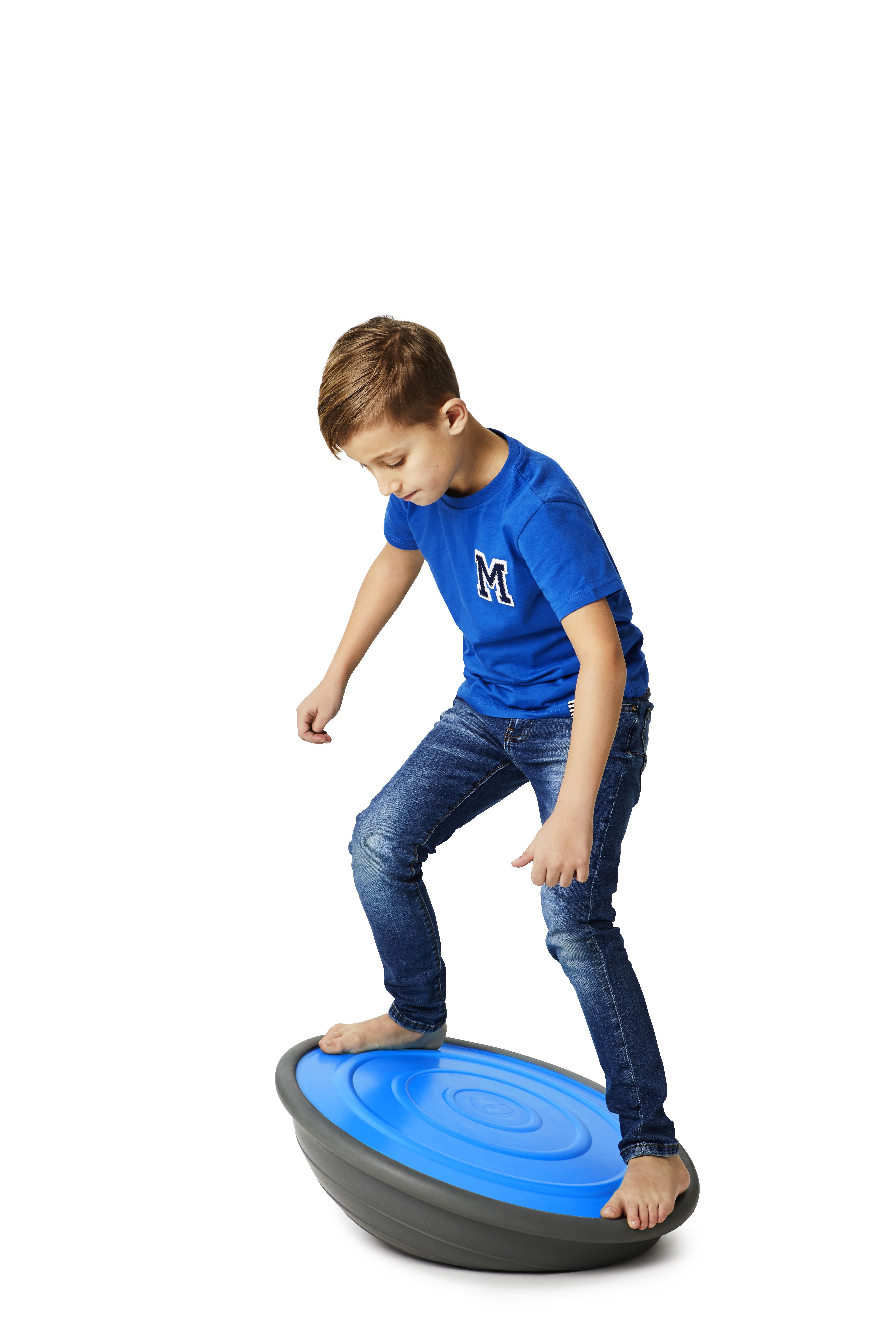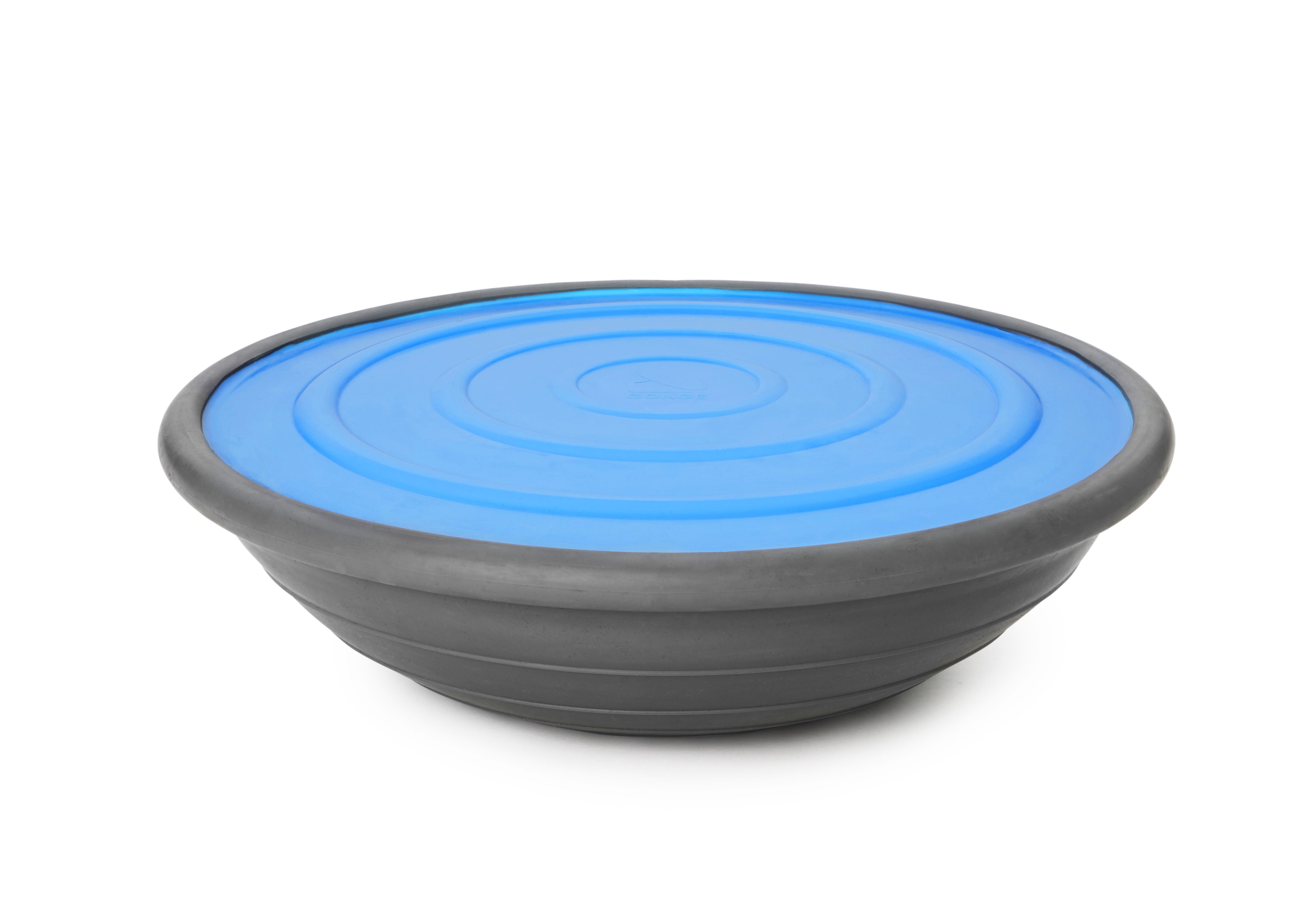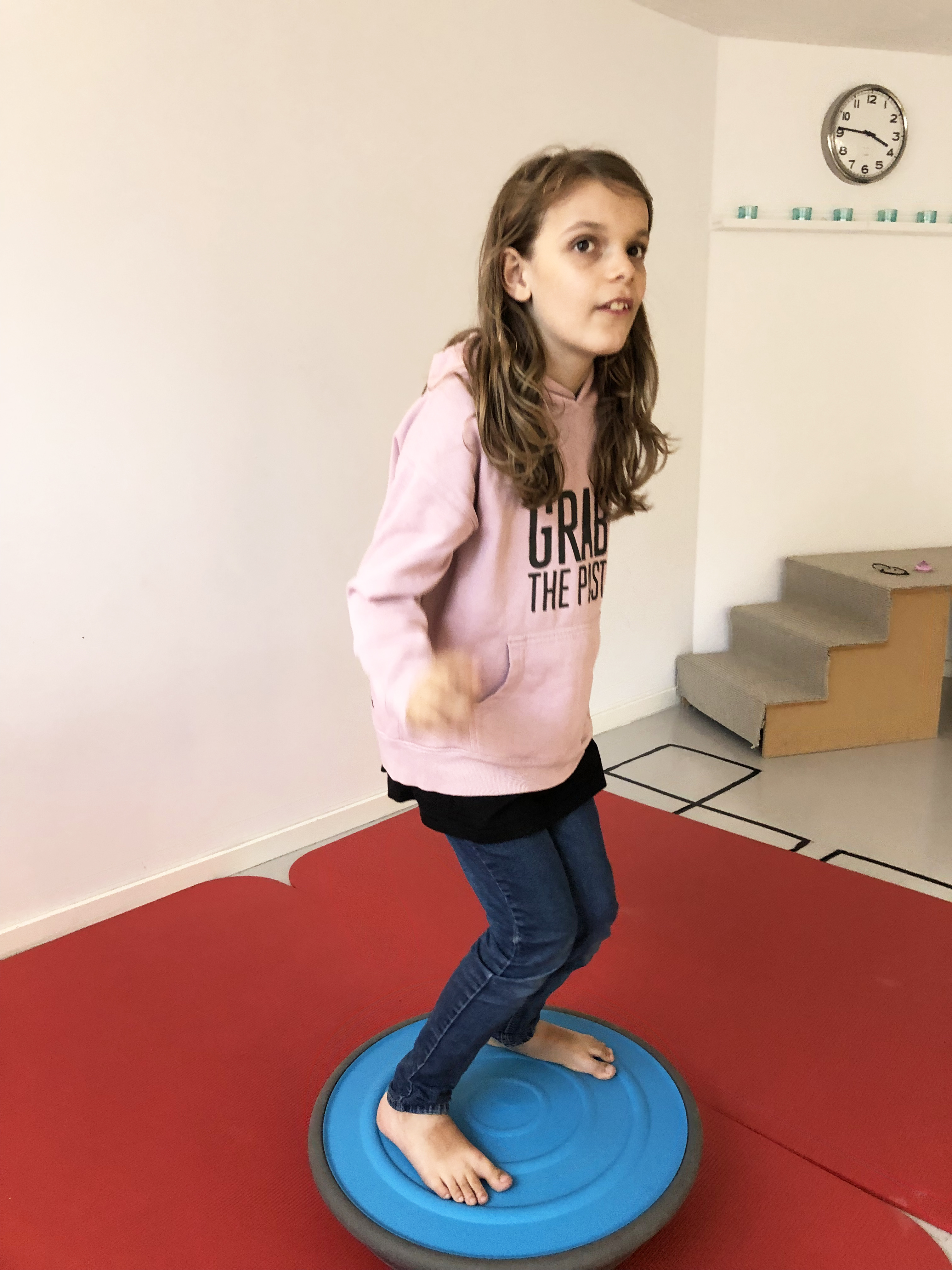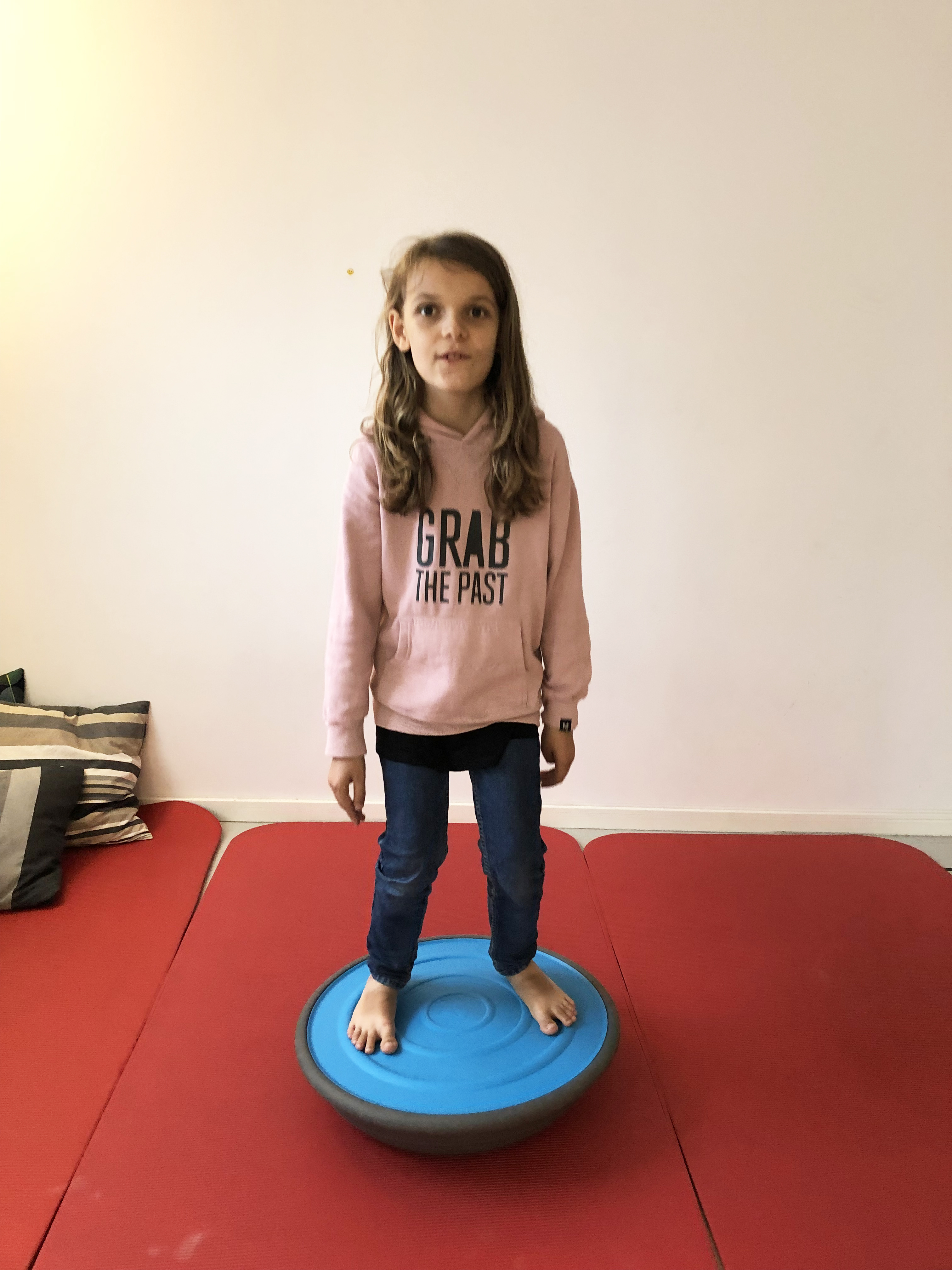
Hypermobility: Between 10 and 30% of the population is hypermobile, more females than males. Hypermobility is hereditary. The term „hypermobile” is used to describe a joint in the body that is more flexible than normal. The connective tissue is often softer and more elastic than in people whose mobility is normal. Half of the people who are hypermobile will experience dysfunction at some point in their lives. Hypermobility is therefore principally regarded as a condition rather than an illness.
A child who has hypermobile joints may experience one or more of the following difficulties:
• Joint pain
• Luxation (dislocation)
• Fatigues rapidly in physical play and motor activities
• Delayed motor skills development
• Impaired balance
• Seems weak and may find it difficult to mobilise energy.
If a child experiences difficulties due to hypermobility, they will need professional advice and training from a competent practitioner. Children with hypermobility have a special need to be physically active and use their body. Strong muscles help to keep the joint in place, prevent luxation and ameliorate pain. It is especially important to strengthen and exercise the small muscles located close to the joints.
Young children are generally agile and motorically active. Older children may have a tendency to be inactive, especially if they are hypermobile and experience physical dysfunction associated with movement. It is crucial that these children keep moving and are motivated to find pleasure in movement.








